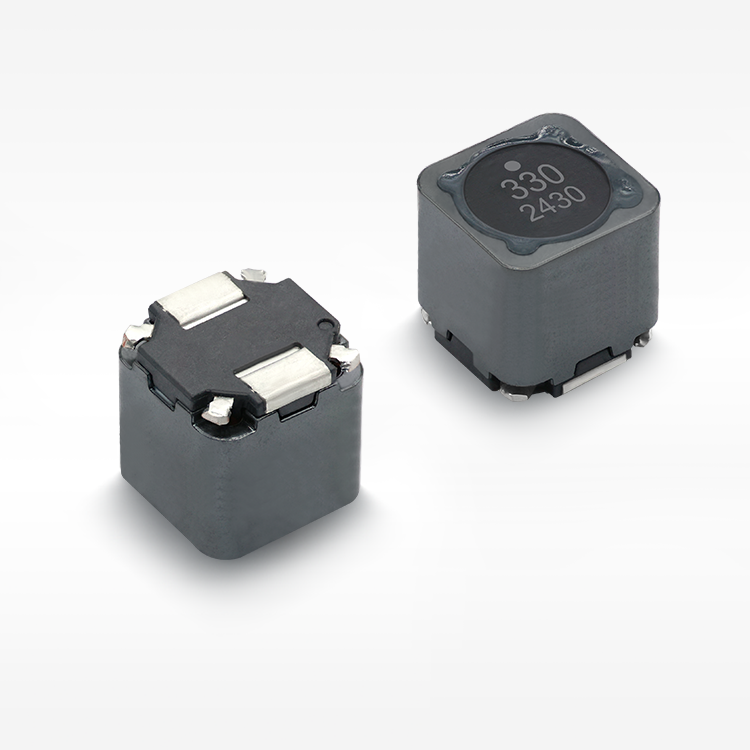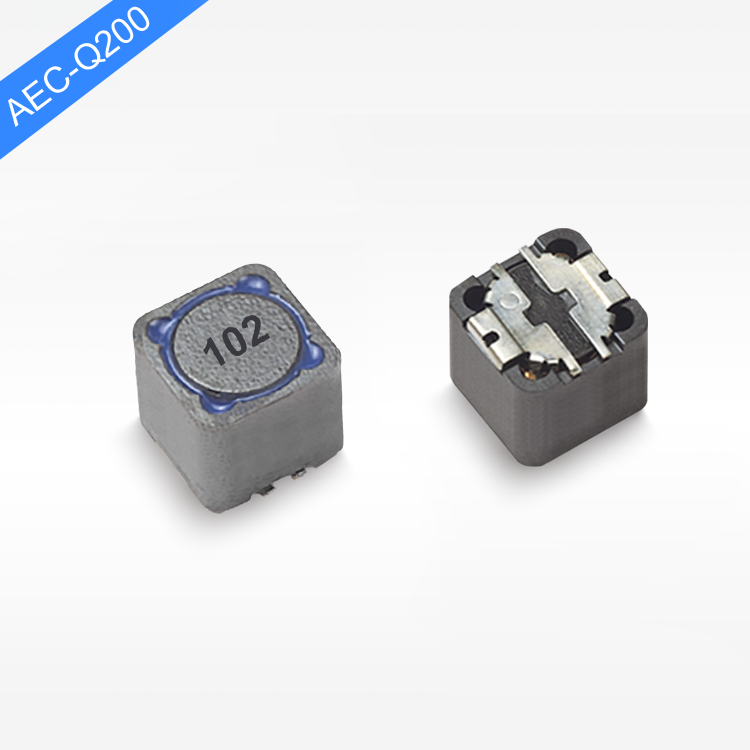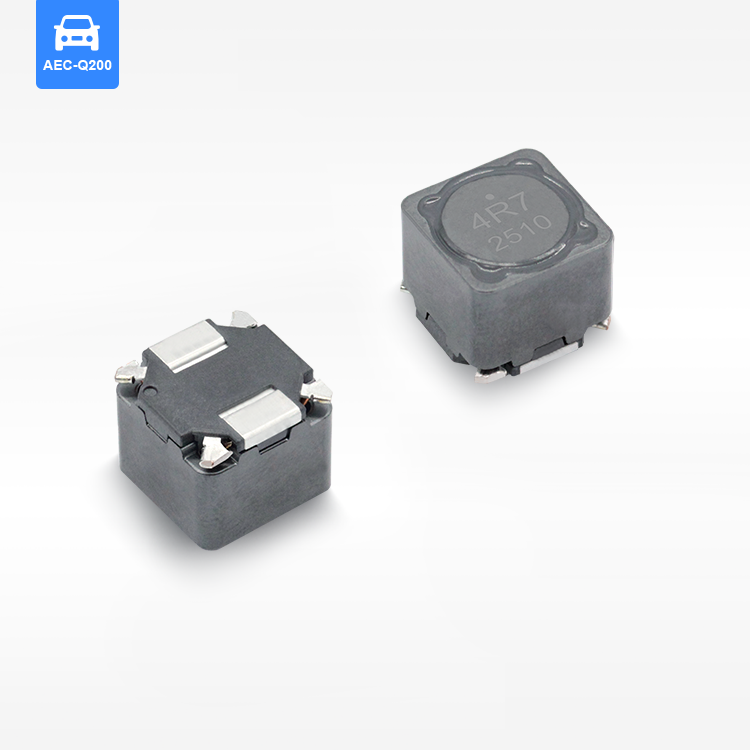Importance of SMD Power Inductors in Modern Electronics
Role in Power Conversion and Noise Suppression
SMD power inductors are indispensable in modern electronic devices, primarily serving functions in power conversion and noise suppression. They play a pivotal role in smoothing out voltage fluctuations and converting DC voltage to AC, vital for the efficient operation of power supply circuits. These inductors filter out high-frequency noise, ensuring stable functionality and extending the lifespan of devices. According to market studies, incorporating noise suppression features can bolster device reliability by over 30%, underscoring the critical role played by SMD power inductors in enhancing device performance.
Advantages Over Through-Hole Components
SMD power inductors offer distinct advantages over traditional through-hole components. Their design allows for better efficiency and space utilization, ideal for compact and high-density circuit applications. The surface mount configuration facilitates automated manufacturing processes, leading to reduced production costs and improved consistency in product quality. Research suggests that SMD components can deliver up to 50% more board space savings compared to through-hole inductors, making them a preferred choice for modern electronics. These benefits highlight the practical superiority of SMD power inductors in manufacturing efficiency and space management.

Key Parameters for Selecting SMD Power Inductors
Inductance Value and Frequency Requirements
The inductance value is a foundational aspect when selecting SMD power inductors for circuits. It directly affects the performance of power conversion applications, with standard inductance ranges from 1µH to over 100µH. Different applications often have varying frequency requirements that should align with the inductor's quality factor, or Q factor, to guarantee optimal performance. According to electronics forums, choosing the correct inductance value can prevent up to 40% of potential performance losses in power supplies.

Current Rating and Saturation Current
Assessing the current rating of an SMD power inductor is crucial as it determines the maximum current that can pass through without causing overheating, which can lead to component failure. Additionally, the saturation current marks the threshold where the inductance begins to drop significantly. Ensuring that an inductor's saturation rating is appropriate prevents circuit instability. Industry reports suggest that proper current ratings improve system reliability by nearly 25%, highlighting their importance in maintaining efficient electronic operations.
Physical Dimensions and Footprint Compatibility
The physical dimensions of SMD power inductors are critical for compatibility with the available space on printed circuit boards (PCBs). Selecting the right size is essential to ensure they fit snugly without compromising the circuit's performance. Moreover, footprint compatibility with existing components enables smoother integration and an optimized layout in complex electronic devices. Engineering guidelines warn that incorrect sizing of inductors can cause layout issues which might impact functionality by up to 20%.

Performance Considerations for Optimal Efficiency
DC Resistance (DCR) and Power Loss
DC resistance (DCR) is a vital factor in evaluating the efficiency of SMD power inductors. A lower DCR indicates reduced power loss, which translates into enhanced energy efficiency for the entire circuit. It is crucial to understand the power loss associated with DCR to aid in thermal management and optimal component selection, ultimately extending the component's lifespan. Research indicates that optimizing DCR might lead to savings of up to 20% in power consumption during the operation of electronic systems. By carefully selecting inductors with appropriate DCR values, one can achieve higher efficiency levels in circuit designs.
Thermal Stability and Heat Dissipation
Maintaining the thermal stability of SMD power inductors is pivotal, especially during extended operational periods. Effective heat dissipation techniques are essential to prevent high temperatures, which can reduce efficiency and cause circuit failures. Selecting components capable of withstanding elevated temperatures is critical in avoiding these issues. Statistics suggest that incorporating robust thermal management practices can prevent overheating-related failures by as much as 30%. Therefore, it's imperative to choose inductors that manage heat dissipation efficiently to ensure prolonged reliability and stability of the circuits.
Core Materials: Ferrite vs. Metal Alloy
The choice of core material significantly affects the performance characteristics of SMD power inductors. Ferrite cores are known for their superior high-frequency performance, making them suitable for a range of applications. On the other hand, metal alloy cores offer higher saturation levels, which are beneficial for applications requiring higher inductance at lower frequencies. Studies show that appropriately selecting core materials can increase overall efficiency by 15% in specific applications. Understanding the advantages of ferrite and metal alloy cores enables more targeted and efficient circuit design, enhancing the performance of SMD power inductors in various scenarios.
Application-Specific Selection Criteria
High-Frequency vs. Low-Frequency Designs
Choosing the right inductor for high-frequency versus low-frequency designs is crucial for maximizing efficiency. High-frequency designs benefit from inductors with low core losses, enabling more efficient signal processing. On the other hand, low-frequency designs often permit larger inductors, which shift the focus to parameters like saturation current, crucial for maintaining performance standards. Industry examples highlight that selecting the appropriate inductor type for specific applications can lead to efficiency improvements of up to 25%. Thus, understanding the operational frequency and subsequent design implications is indispensable in achieving optimal performance.
Automotive/Industrial vs. Consumer Electronics
Automotive and industrial applications require more rugged inductive components in comparison to consumer electronics due to harsher operational conditions. Automotive standards for safety and reliability are stringent, demanding high-quality designs that withstand extreme conditions. Analytical evaluations indicate that components engineered specifically for automotive applications can enhance reliability by up to 40%. This contrasts with consumer electronics, where priority is often given to compactness and cost-effectiveness, showcasing the need for tailored approaches in different sectors.

EMI-Sensitive Environments and Shielding Solutions
In environments sensitive to electromagnetic interference (EMI), effective shielding for inductors is essential to prevent signal degradation and ensure functionality. Designers must implement shielding mechanisms beyond the inductor itself to protect signal integrity in sensitive applications. Data from case studies suggest that employing effective shielding can reduce EMI-related disturbances by over 30% in critical systems. Therefore, attention to EMI-sensitive environments necessitates thoughtful design strategies, including component placement and the inclusion of shielding technologies in printed circuit board layouts.
FAQ
What are the main roles of SMD power inductors in electronics?
SMD power inductors are primarily used for power conversion and noise suppression in electronic devices.
How do SMD inductors compare to through-hole components?
SMD inductors offer better efficiency and space utilization, making them ideal for compact, high-density circuit applications and automated manufacturing.
What factors should be considered when choosing an SMD power inductor?
Key factors include inductance value, frequency requirements, current rating, saturation current, physical dimensions, and footprint compatibility.
Why is thermal stability important in SMD power inductors?
Thermal stability ensures that the inductors can withstand high temperatures during extended use, preventing efficiency loss and circuit failures.
What considerations are there for high-frequency vs. low-frequency applications?
High-frequency applications benefit from inductors with low core losses, while low-frequency designs focus more on saturation current and larger inductors.
Table of Contents
- Importance of SMD Power Inductors in Modern Electronics
- Key Parameters for Selecting SMD Power Inductors
- Performance Considerations for Optimal Efficiency
- Application-Specific Selection Criteria
-
FAQ
- What are the main roles of SMD power inductors in electronics?
- How do SMD inductors compare to through-hole components?
- What factors should be considered when choosing an SMD power inductor?
- Why is thermal stability important in SMD power inductors?
- What considerations are there for high-frequency vs. low-frequency applications?

